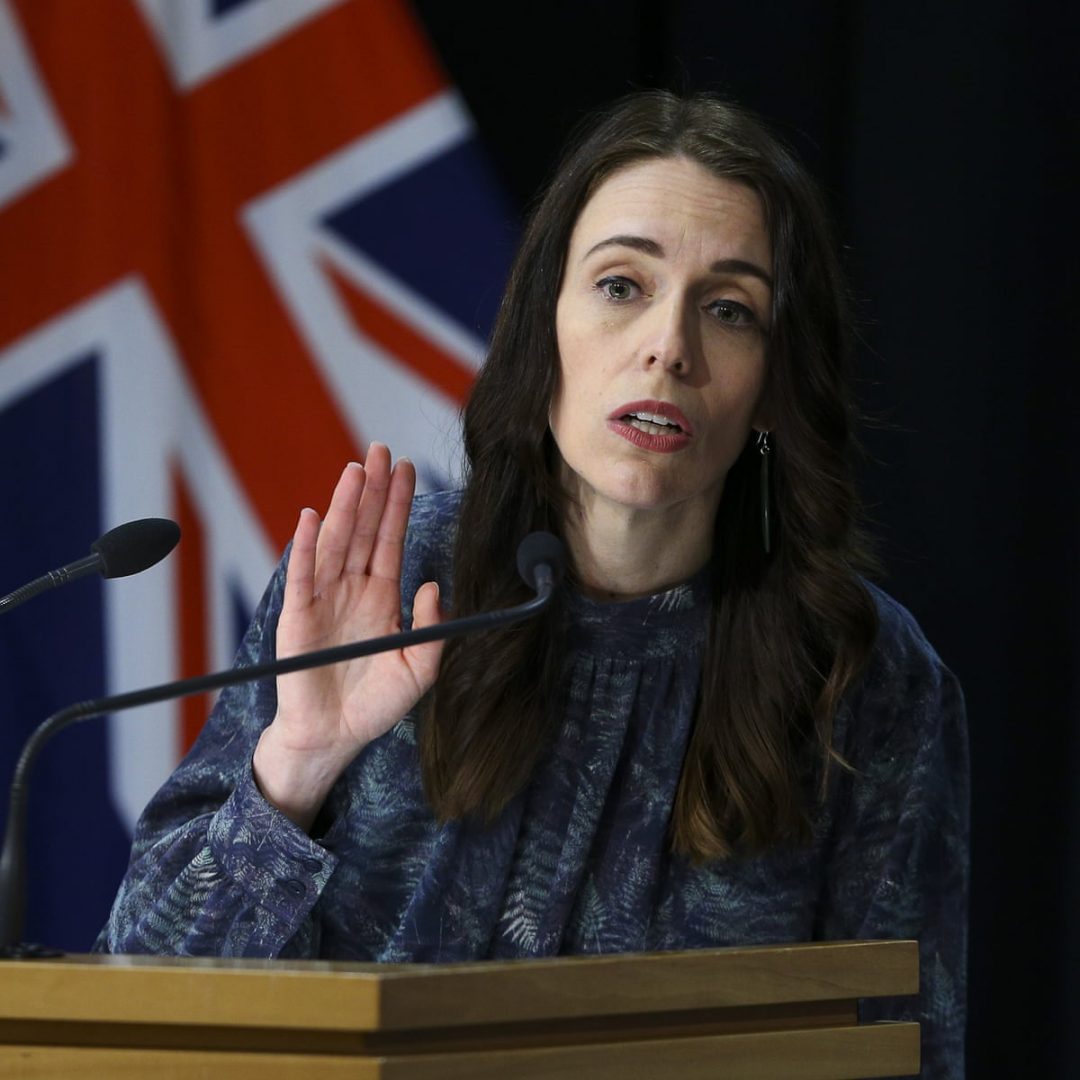Covid 19 デルタ株 更新情報
- ニュージーランドでは、火曜日までレベル4のロックダウン状態に
- オークランドとノースランドでは、レベル4の制限が延長
- レベル3はどういうものですか?
- ニュージーランド、火曜日までレベル4継続
ニュージーランド、火曜日までレベル4継続
ジャシンダ・アーダーン首相は、午後3時の記者会見で、ニュージーランドは8月31日(火)午後11時59分までレベル4の状態であることを発表しました。
アーダン首相は、今夜で終了する予定だったレベル4のロックダウンを延長することで、政府は慎重な姿勢をとっていると述べました。
また、この4日間の延長により、2週間周期でデータやその他の情報を、医療専門家が分析することができるようになると述べています。
すべてが計画通りに進めば、レベル4の制限は終了し、オークランドとノースランドを除くニュージーランド全土でレベル3の制限が採用されることになります。
オークランドとノースランドでは、レベル4の制限が延長
オークランドとノースランドは、さらに2週間、レベル4を延長することが予想されます。
政府がノースランドのレベル4を延長することを決定したのは、オークランドの北60キロに位置するタウンシップ、ワークワースで陽性の症例が確認されたためです。
本日、新たに70名の感染者が確認され、ニュージーランドでの感染者数は347名となりました。
レベル3はどういうものですか?
「レベル3では、企業やその他の人々に、より多くの自由を与えることができますが、他者との接触は制限される必要があります」と首相は述べています。
首相によると「可能な限り、接触を制限していただきたい」とのことです。
テイクアウトの飲食店は、非接触型の方法でなければと運営できないと述べました。
「可能な限り、接触を制限してください」
公共の場は閉鎖されたままです。冠婚葬祭のための10人までのグループは許可されています。
公共交通機関ではマスクの着用が義務付けられており、公共の場ではできるだけマスクを着用することが推奨されています。また、小売店では2メートル、学校や職場などの管理された環境では1メートル離れて行動するなど、物理的な距離を保つ必要があります。
レベル3では、地域内での移動は可能ですが、他の地域への移動は大きく制限されます。ただし、企業・技術革新・雇用省(MBIE)は、仕事のために国境を越える免除を必要とする人々のために、日曜日から申請を受け付けます。




























































